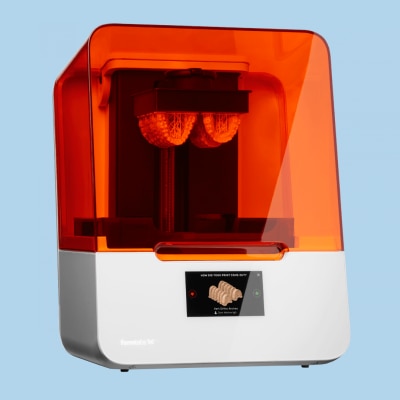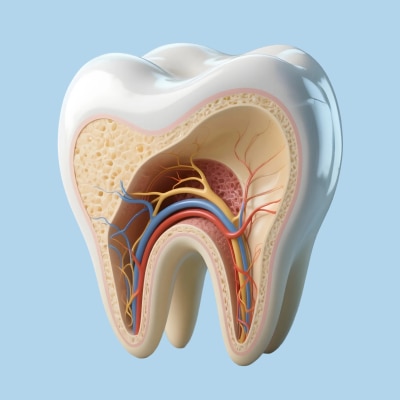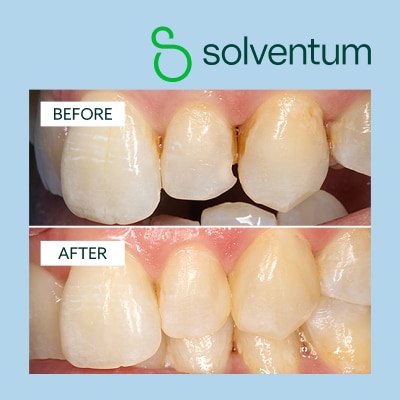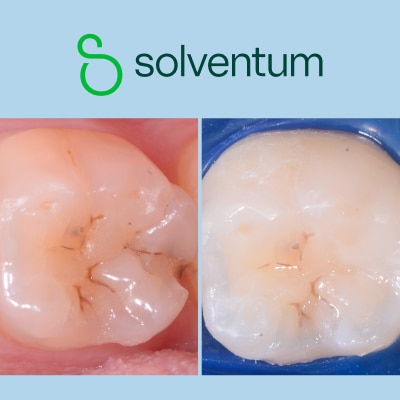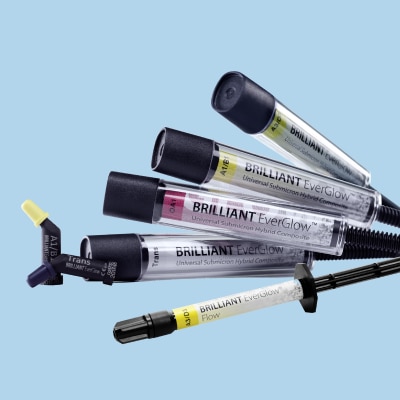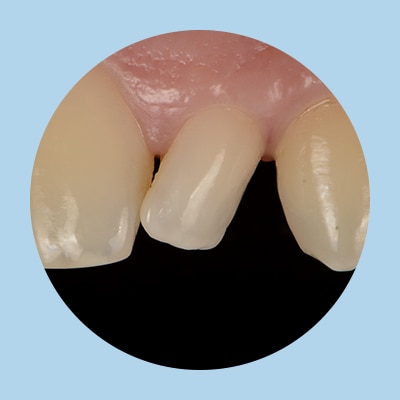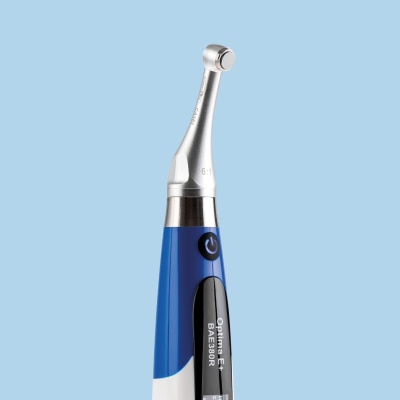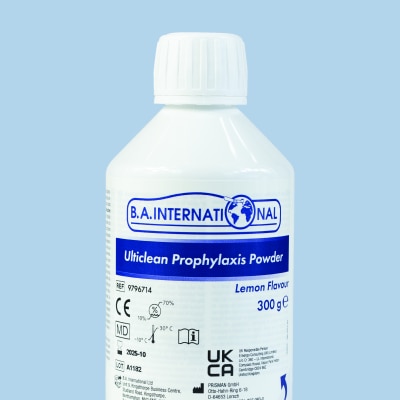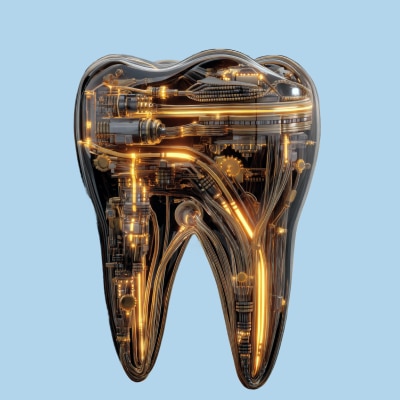Patient retention should be at the core of your business model. However, with the economic struggles and the rise of dental tourism, patients are more likely than ever to shop around, rather than staying loyal. So what can you do to ensure you retain dental patients and maintain a thriving practice?
One thing is clear; between now and 2030, patient retention won’t just be about providing excellent care, it’s about creating an experience patients want to return to.
Unlike NHS dentistry, where retention is rarely a concern due to limited access and availability, private dentistry demands a different mindset. Patients can – and will – shop around. They’ll leave for better value, better service, or simply a better feeling. And in a climate where expectations are rising, practices must move beyond the basics to truly earn patient loyalty.
So, what will set successful practices apart between now and 2030?
It comes down to four key pillars: human-centred care, clear communication, a seamless (and tech-enhanced) experience, and a visible commitment to clinical innovation.
1. Personalised, Human-Centred Care in a Digital World
Digital tools are revolutionising the way you run your practices – online booking systems, AI driven patient communications, treatment planning software. But there’s a real danger here: that patients become – and are made to feel like – numbers on a screen.

And when patients feel like a number, they don’t stay.
The most successful practices in the next five years will be those that embrace technology without losing the personal touch. The practices that make patients feel remembered, understood, and valued.
Many dentists rush through appointments due to time constraints, but patients remember how you make them feel, not just the treatment you provide. Taking the time to listen, understand their concerns, and treat them like a valued guest rather than just another case fosters lasting loyalty.

Trust and experience. Patients are savvier than ever, and they value care that feels personal, consistent, and transparent. It’s not just about treatment - it’s about how you make them feel.

Many dentists rush through appointments due to time constraints, but patients remember how you make them feel, not just the treatment you provide. Taking the time to listen, understand their concerns, and treat them like a valued guest rather than just another case fosters lasting loyalty.

Trust and experience. Patients are savvier than ever, and they value care that feels personal, consistent, and transparent. It’s not just about treatment - it’s about how you make them feel.

So, how can you deliver that feeling?
- Remember the personal details – people aren’t just their medical histories, recalling or asking after life milestones and hobbies will make patients feel valued and loyal.
- Personalise any messages following up after treatment – automation can save you time, but it can cost you patients and leave a sense of disconnect and anonymity.
- Create continuity – wherever possible, aim to have patients seen by the same clinician every time, so that a rapport can be built.
- Greet by name – a name goes a long way, being able to greet patients – at the front-of-house and in surgeries – by their name will help patients to feel a sense of belonging.
These small touches might seem minor, but in a word that’s increasingly automated, they’re what feel extraordinary.
2. Clear Communication and Trustworthy Information
When it comes to private care, trust is currency. And trust is built on clarity. Patients are more informed than ever – but they’re also overwhelmed. They’ve read about composite bonding, clear aligners, implants, and whitening before they ever call your practice. Their sources of information can run from anywhere between reputable medical sources, and unreliable influencers. So they don’t always understand what’s right for them, or what’s actually involved.
That’s where consistent, compassionate communication becomes vital.
- Are your treatment plans easy to follow?
- Do patients understand the full journey – timelines, risks, results?
- Are fees clearly explained, with no unwelcome surprises?
Patients want to feel empowered, not sold to. Therefore, practices that communicate clearly, honestly, and with empathy will always stand out.

Don’t forget the non-verbal cues either. Patients are constantly reading between the lines: the tone of an email, the clarity of your website, the friendliness of your reception staff. Every touchpoint tells a story about your brand – make sure it’s a reassuring one.
3. A Seamless Experience, Backed by Innovation
We live in an age of frictionless service. Patients can book a holiday, order dinner, and rearrange a delivery in seconds. As a result, that has become the standard of expected service, and dentistry is no exception.
This is where seamless operations become a major asset.
- Online appointment scheduling that actually works.
- Automated reminders and digital forms.
- Quick, easy payment options.
- Efficient, friendly reception interactions.
- Minimal wait times and smart scheduling.
But here is the key point: seamless doesn’t just mean smooth, it means modern.
If your systems feel dated, so does your care.
That’s why operational efficiency and clinical innovation go hand-in-hand. The practices that invest in streamlined processes often invest in the latest treatment technology too, and patients notice. They equate smooth experiences with professionalism, capability, and competence.
In other words, convenience isn’t just nice to have – it’s part of the care itself.

4. Commitment to Innovation and Minimally Invasive Techniques
This is where retention becomes about clinical leadership.
Patients don’t just want care that’s warm, they want care that’s cutting-edge. When you’re paying for a service, you want the best, and that means innovative.
Between now and 2030, dentistry will continue its rapid evolution. From AI-assisted diagnostics to fully digital workflows and regenerative procedures, the tools and techniques available to private dentists will keep improving; and patients will be watching.
They’ll gravitate towards practices that offer:
- Minimally invasive treatment options.
- Faster recovery times.
- Digital scanning instead of traditional impressions.
- Smile makeovers that feel bespoke, not templated.
- Tech-enhanced treatment planning and visualisation tools.
Why? Because innovation signals quality.
Patients see new technology as a marker that you’re invested – not just in your practice, but in them. It says you care enough to offer the best.
But here’s the nuance: don’t innovate in a vacuum. Link new technology to patient outcomes. Communicate why you’ve invested in certain technologies. Make it part of the story you tell about your practice. That’s how innovation becomes a loyalty driver.
Make Changes That Matter
So, what will really keep patients coming back in the years ahead?
Not just excellent clinical care, not just the latest gadgets, and not just a warm smile, but all of it working together to create a bespoke treatment package that cares.
In short, patients want to feel cared for and confident. The practice that can blend empathy with excellence, that can deliver both personal warmth and professional innovation, will not only retain patients, but turn them into advocates.





